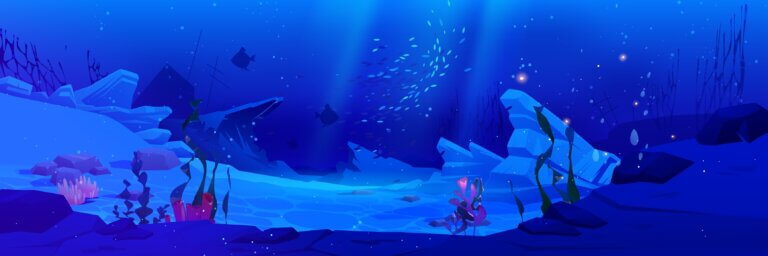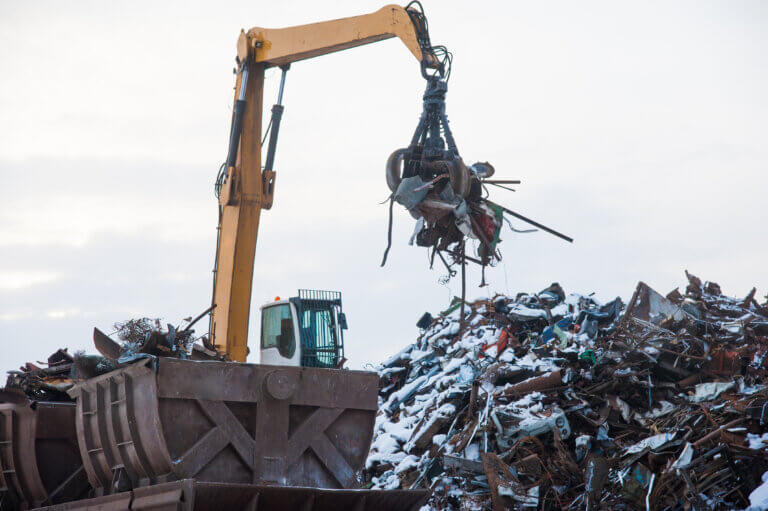Why Conscious Consumers Are Choosing Organic Grocery Products
Groceries are necessary to have something to eat daily. There are many options available now, which can make it tough to choose what’s best for you. However, many foods contain questionable ingredients these days. You never know what you’re putting on your plate.
With the rise of the organic movement, many people have slowly become conscious of their choices. They’re taking active steps to ensure their part in protecting the environment. For many, buying organic is a lasting lifestyle change. Here’s why consumers choose organic grocery products nowadays.
Pesticide Prevention
Farmers use pesticides to eliminate stubborn pests that can ruin crops and prevent effective crop production. However, these chemicals often have more negative effects than benefits, especially when combined in food. Pesticides may affect the nervous system or irritate the skin and eyes. Other forms could also be carcinogenic.
Fortunately, most food brands now indicate whether or not they’re pesticide-free. Organic food, especially, is less likely to be produced with harsh chemical usage. Farms that do use them employ natural or synthetic pesticides approved for organic crops.
Consider visiting specialty stores that offer organic food options. These stores typically prioritize farm-fresh products, sourced from local communities. You can also assure their food is sourced locally from sustainable, pesticide-free farms.
Positive Environmental Impact
Every action everyone takes affects the rest of the planet; that includes grocery shopping. Preferring organic grocery products benefits the environment. Conventional farming often relies on chemical fertilizers that seep into the soil and water. In contrast, organic farming methods promote cleaner ecosystems. Farmers who follow organic principles help protect pollinators and reduce pollution in nearby rivers and lakes.
Organic farming also encourages soil conservation. Practices such as composting, mulching, and crop rotation help strengthen the soil structure. In turn, the soil becomes more resistant to erosion. Healthier soil captures more carbon dioxide, helping reduce greenhouse gas emissions.
Some private-label brands have even adopted sustainable, smarter packaging, cutting down on plastic use and food waste. Their commitment to eco-friendly materials shows that protecting the planet can begin with everyday choices at the supermarket.
Support for Local Farmers
If you frequently buy products from unethical manufacturers, you continue to support their non-sustainable practices. The same goes if you decide to switch to organic food. The more you buy from organic farms, the more you support their business.
Many organic farms are also small-scale businesses. They focus more on community-based distribution, meaning they sell their wares in co-ops, markets, and local grocery stores. These farms are often just a few miles away from these locations.
By prioritizing organic products, consumers show their trust in local farmers. Supporting them also keeps rural communities alive when big-name brands become overwhelming. Fair prices allow them to sustain their land without cutting corners or relying on harmful chemicals. Buying organic grocery products turns into a meaningful investment in local communities.
Nutritional Advantages
Food insecurity is a significant concern to this day. On top of that are issues regarding nutrition. Just because you have access to food doesn’t always mean you’re eating something healthy. That may not be a problem with organic grocery products.
Many organic options are healthier, firstly due to less exposure to pesticide residue. They’re also unlikely to have preservatives and artificial colors. Organically-grown fruits and vegetables may have higher levels of iron, magnesium, and vitamin C.
Some studies also note that organic produce has a stronger antioxidant capacity. For consumers seeking a healthier way to detox, organic grocery products could be a great advantage.
A Much Better Overall Flavor
Lots of food in the market tastes amazing, but often because they get a little extra help from artificial flavors. On the other hand, organic grocery products are naturally fresher and more flavorful, as some people claim. Organic ripe fruits and vegetables retain much of their natural aroma and sweetness. Without artificial growth enhancers, they develop at their own pace, which often brings out deeper flavors.
People often describe organic eggs, milk, or meat as having a richer flavor compared to conventional options. Some specialty foods may even incorporate organic ingredients because of the flavor quality.
Freshness and natural flavors are things consumers these days seek in their food. While taste is subjective, many agree that organic grocery products deliver a freshness that feels closer to nature.
Final Thoughts
Choosing organic grocery products over conventional ones offers more benefits to communities and the environment. Consumers who go organic help their bodies, local farmers, and the planet as a whole. These people value cleaner ingredients and sustainable farming practices. They understand their overall impact and continue the positive effects.
So, consider taking part in the greater movement. Every time you choose organic produce or snacks, you’re supporting the broader effort to live well and responsibly.










 When metal ends up in a landfill, it doesn’t break down as easily as other waste. It can sit there for decades or even centuries, taking up valuable room.
When metal ends up in a landfill, it doesn’t break down as easily as other waste. It can sit there for decades or even centuries, taking up valuable room.